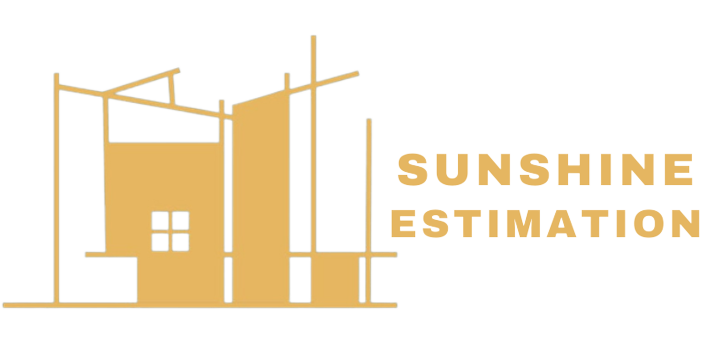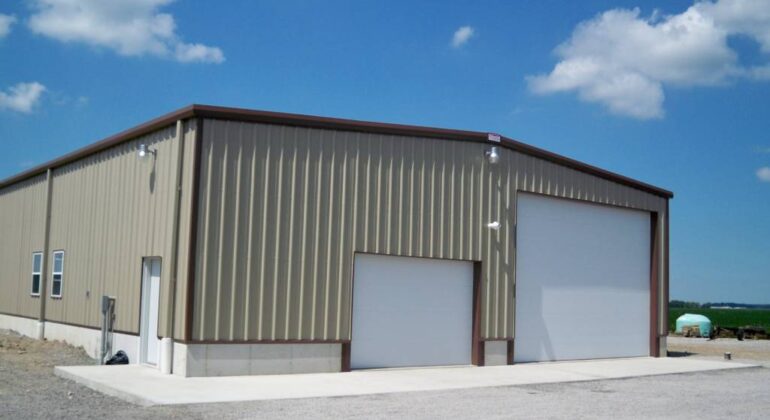In today’s fast-paced construction industry, efficiency and precision are key factors for successful project management. One crucial aspect is estimating the cost of constructing metal buildings accurately. A metal building cost estimator is a valuable tool that aids in budgeting, planning, and decision-making for construction projects. In this article, we will delve deep into the world of metal building cost estimators, uncovering their significance, methods, and benefits.
Understanding Metal Building Cost Estimators
What Is a Metal Building Cost Estimator?
A metal building cost estimator is a specialized tool used in the construction industry to calculate the expected expenses of erecting a metal structure. It takes various factors into account, such as materials, labor, location, and design complexity, to provide an accurate estimate of the project’s cost. This estimation serves as a foundation for budgeting, resource allocation, and decision-making throughout the construction process.
Importance of Accurate Cost Estimations
Accurate cost estimations are paramount in the construction industry for several reasons. They enable stakeholders to secure appropriate funding, set realistic project timelines, and assess the project’s feasibility. Moreover, precise estimates help in avoiding cost overruns, which can be detrimental to any construction project.
Types of Metal Building Cost Estimators
Metal building cost estimators come in two main types: manual estimation and software-based estimation.
Manual Estimation
Manual estimation involves a detailed analysis of project blueprints and specifications by experienced estimators. They calculate costs manually, taking into account every aspect of the project. While this method can be accurate, it is time-consuming and labor-intensive.
Software-Based Estimation
Software-based estimators use specialized software programs to streamline the estimation process. These programs consider various data inputs and generate cost estimates swiftly. They are popular for their efficiency and ability to handle complex calculations with ease.
Factors Influencing Metal Building Costs
Several factors can significantly influence the cost of constructing a metal building. It’s essential to consider these factors when using a metal building cost estimator.
Location and Site Considerations
The geographical location of the construction site plays a vital role in cost estimation. Factors like climate, accessibility, and local regulations can affect costs.
Building Size and Design Complexity
The size and complexity of the metal building design directly impact the overall cost. Larger and more intricate structures require more materials and labor, resulting in higher expenses.
Material Selection
The choice of materials, such as steel quality and insulation, affects both the durability and cost of the building. Estimators factor in these choices to provide accurate cost projections.
Labor Costs
The availability of skilled labor in the project area and labor rates significantly influence the construction cost. Estimators incorporate these variables into their calculations.
Step-by-Step Guide to Using a Metal Building Cost Estimator
To maximize the benefits of a metal building cost estimator, follow these steps:
Gathering Project Information
Start by collecting detailed information about the project, including blueprints, design plans, and material specifications.
Inputting Data
Input all relevant project data into the estimator, ensuring accuracy in measurements and quantities.
Analyzing the Estimate
Review the estimate generated by the software or estimator. Pay close attention to cost breakdowns and potential areas for cost optimization.
Benefits of Using a Metal Building Cost Estimator
Using a metal building cost estimator offers numerous advantages to construction professionals:
Budget Planning
Estimators help in setting realistic budgets, ensuring that projects stay on track financially.
Avoiding Cost Overruns
Accurate estimates reduce the likelihood of unexpected cost overruns, preserving project profitability.
Project Feasibility Assessment
Estimations assist in evaluating the feasibility of a project, allowing stakeholders to make informed decisions.
Choosing the Right Metal Building Cost Estimator
Selecting the appropriate estimator is crucial for successful cost estimation.
Factors to Consider
Consider factors such as the complexity of your projects, your team’s familiarity with specific software, and the estimator’s reputation.
Popular Estimation Software
Some widely used metal building cost estimation software includes [List of Software].
Tips for Accurate Estimations
To enhance accuracy in cost estimations, follow these tips:
Regular Updates
Keep estimations up to date as the project progresses, accounting for any changes or unforeseen circumstances.
Collaboration with Experts
Consult with construction experts to validate and refine your estimates, leveraging their expertise.
Contingency Planning
Include a contingency budget in your estimations to prepare for unexpected costs or changes in project scope.
Real-Life Case Studies
Explore real-life examples of successful projects that utilized metal building cost estimators, along with the challenges they faced and how they were overcome.
Future Trends in Metal Building Estimation
Stay ahead in the construction industry by exploring emerging trends in metal building cost estimation.
AI and Machine Learning
Artificial intelligence and machine learning are poised to revolutionize cost estimation, making it more precise and efficient.
Sustainability Integration
The construction industry is increasingly embracing sustainability. Estimators will incorporate eco-friendly materials and practices into cost projections.
Conclusion
Metal building cost estimators are indispensable tools in modern construction. They empower project managers and stakeholders to make informed decisions, avoid financial surprises, and ensure successful project execution. By staying updated with the latest trends and leveraging technology, construction professionals can harness the full potential of these estimators.



